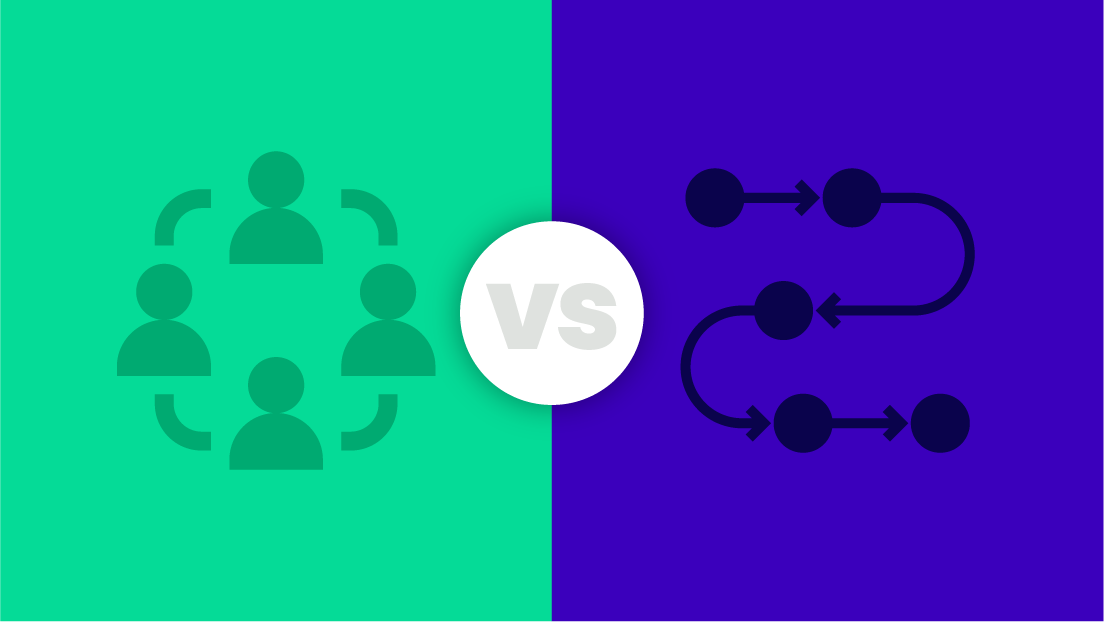Credit collection likely ranks among your least favorite activities as a business owner. Getting paid is excellent, but the process of collecting that money can feel overwhelming. That is especially the case regarding delinquent payments and challenging customers. However, successfully managing the process can reduce delinquency and ensure a continued, positive cash flow.
What Is Credit Collection?
It describes the process of collecting payments from debtors. Companies achieve this through several methods, depending on the delinquency level. It’s important to remember that collection itself does not necessarily imply late payments. It refers only to the process of collecting the money owed.
What Is the Credit Collection Period?
The term refers to the time a business gives its customers to pay after issuing an invoice. Financial professionals also refer to it as the grace period or net period. For example, if you issue an invoice on January 1st with payment due in 30 days, the credit collection period would also be 30 days. This specific credit type is known as net 30 payment terms.
What Is Credit Management Collections?
The process involves managing customer credit and collections to ensure that a company’s receivables get paid on time. It includes the following:
- Extending credit
- Setting credit limits
- Monitoring customer spending
- Collecting payments.
Credit management collections is an integral part of keeping your business finances healthy. Maintaining control over your receivables can ensure a positive cash flow and avoid financial difficulties.
How Does Business Credit Work?
While the net 30 approach is quite common, it’s an example of only one kind of payment term. Here are the three main ways companies often structure their credit options and resulting collection efforts.
Extended Credit
This is the most common type of business credit and usually takes the form of net 30 or net 60 payment terms. With extended credit, businesses give their customers a certain period to pay their invoices. This type of credit is often used for one-time purchases, for building relationships with new customers and for bulk transactions.
Recurring Credit
Subscription-based businesses or businesses that sell repeat orders tend to use this method. Recurring credit allows customers to make automatic payments on a predetermined schedule. This can be helpful for companies that have difficulty collecting payments on time.
Deferred Credit
Larger purchases, such as equipment or vehicles, often involve this credit. Businesses give their customers a set time to pay off the purchase price. Companies that sell more expensive items can use this to secure business, especially from individuals and smaller businesses.
What Are Some Common Credit Collection Services?
Sometimes, managing accounts receivables on your own requires more resources than you can spare. When this happens, you can outsource some collections functions to an app or a company. Consider these options.
Collections Agencies
Selling your customers’ debts to a collection agency is an attractive option. You won’t get the total amount owed, but you can get some of the money back and write off your losses. However, note that collections agencies will not consider business relationships when pursuing money owed.
Accounts Receivable Software
There are many software options available to help businesses manage their accounts receivables. These options can automate invoicing, payments, and collections. They can even automate communications, such as dunning notices.
Why Choose Gaviti
Gaviti is a leading accounts receivable software used by companies that want to streamline their credit collections management. These companies use our product to get paid faster and easier, so they can focus on other aspects of their businesses.
Are you ready to access these and other benefits? Schedule a demo to get started.





















